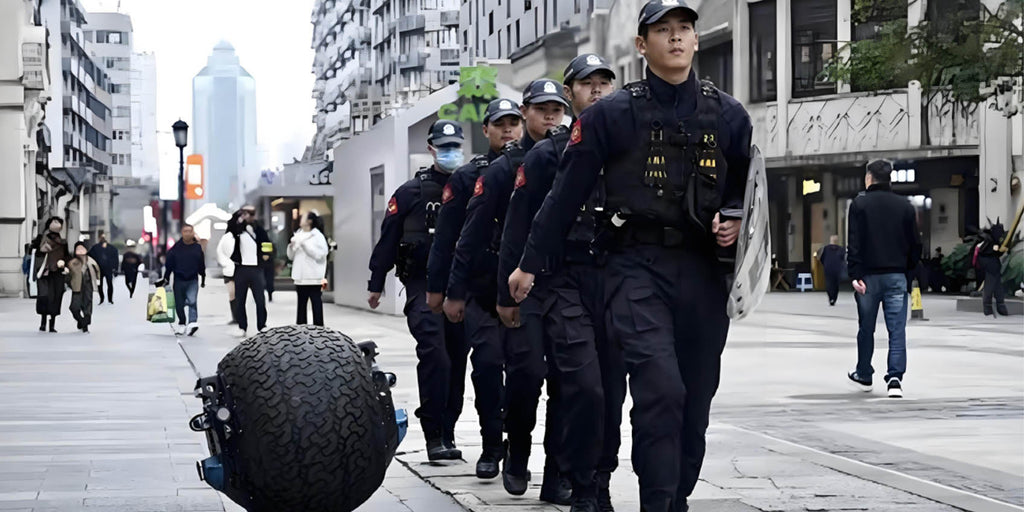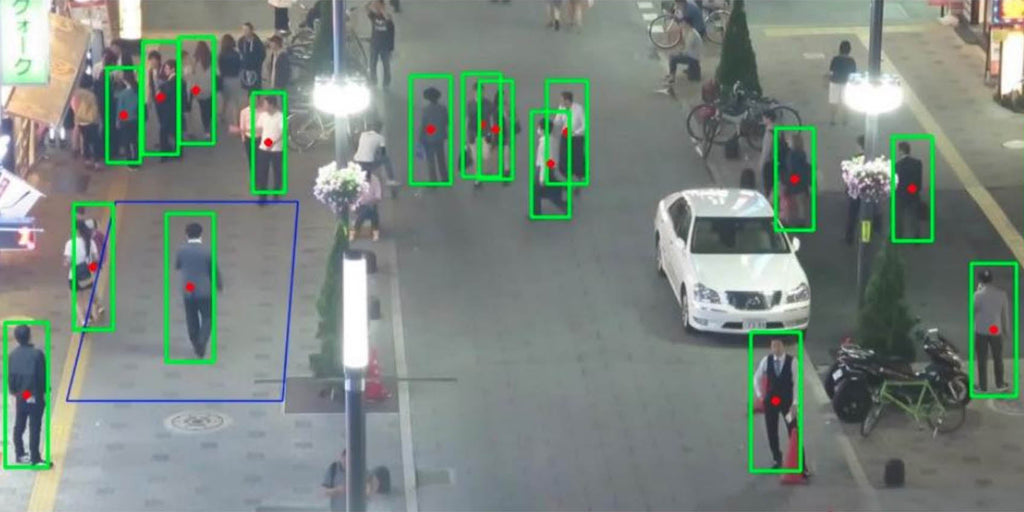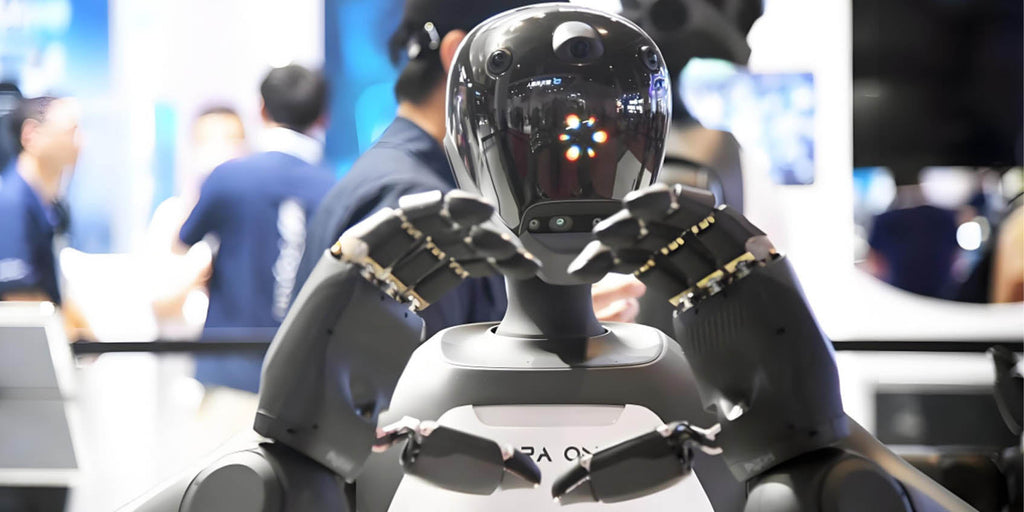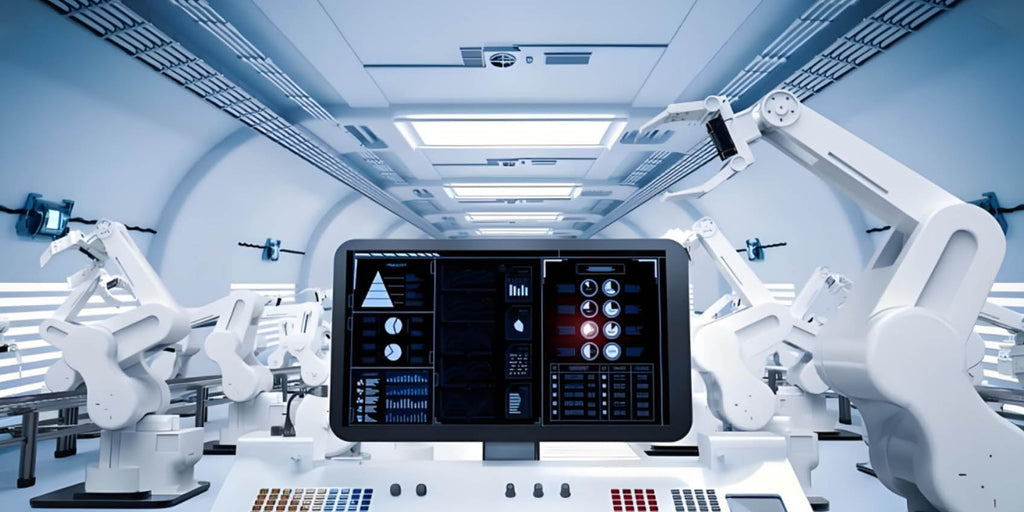新闻

AI Robots and TOF Technology Revolutionizing Security Patrols
AI Robots and TOF Technology Revolutionize Urban Security Patrols With urbanization rapidly accelerating, maintaining city security has become a top priority. Traditional manual patrols are no longer sufficient to meet the growing demands of urban safety. To address these challenges, AI intelligent robots, powered by TOF (Time of Flight) technology, are emerging as vital tools for urban security patrols. These robots are designed to perform efficient, precise patrols and manage...

People Counting and How ToF Technology Enhances Accuracy
What is people counting called? People counting, also known as foot traffic analysis or crowd counting, is the process of tracking the number of individuals entering or exiting a designated space. It is used in various sectors such as retail, public transportation, event management, and urban planning. The information gathered helps organizations optimize their operations, improve safety, and enhance customer experience. People counting can be done manually or by utilizing...

TOF Technology in Robot Vision: Enhancing Automation and Precision
The rapid advancement of artificial intelligence (AI) and automation technologies has led to the increasing importance of robot vision systems in intelligent robots. These vision systems allow robots to understand and navigate their environment, perform object recognition, plan paths, avoid obstacles, and complete a variety of tasks. TOF (Time-of-Flight) technology plays a critical role in enhancing the accuracy, efficiency, and autonomy of these vision systems. As a depth-sensing technology, TOF enables...

Improving Industrial Safety with TOF Technology: Real-Time Monitoring
In today’s rapidly evolving world of industrial automation, ensuring both production safety and environmental monitoring is becoming more crucial than ever. Traditional safety systems are often inadequate in dealing with complex and high-risk environments, particularly in industries such as chemical plants, pharmaceutical production, and other high-risk manufacturing sectors. The rise of TOF (Time of Flight) technology has transformed industrial safety, offering high precision, reliability, and non-contact measurement capabilities. By providing...



